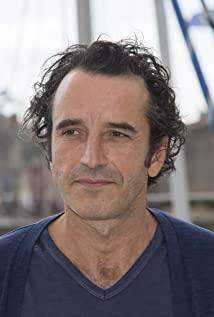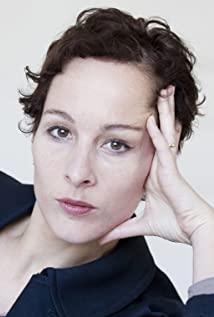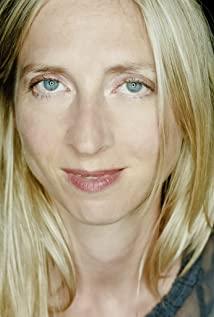Before talking about "Lourdes", we might as well mention "Miryang". They both focus on women, they are both religious themes, and they both use place names as the film titles, and there are some illusions about healing movies in the middle. In the past ten years, South Korea has been a high-profile Christian country. Li Changdong's attitude is to doubt and criticize. "Miryang" has very sharp points, such as Jeon Doyeon's collapsed performance, and these are found in "Miracles and Doubts". not reach. The film focuses on presenting facts and giving explanations, showing a group of group portraits in the pilgrimage activities, and some of the questions derived are milder and closer to self-reflection. From "Miryang" to "Miracles and Doubts", this is the distance from east to west, and it is also the difference between Christianity just taking the initiative and continuing its prosperity for hundreds of years.
Due to the seriousness of the topic itself, "Miracles and Doubts" has always presented a cold tone and a slow rhythm. Even in crowded outdoor scenes, there are very few noisy scenes. The characters speak slowly, and they always have to pause before opening their voices. The heroine and a few supporting characters also have their faces tense from time to time, making it difficult to smile. But these features are easy to be said to be dull. In fact, the camera sense and picture narrative of "Miracles and Doubts" are the most important.
Let’s start with the first shot of the film. This is a standard long shot, which includes the change from fixed camera to zooming in, and fully represents an important scene of the pilgrimage. From one person to dozens of people, all kinds of pilgrims and different caregivers appeared one after another, and the audience could not judge which was the protagonist. The second shot completed the supplementary explanation. After returning to the room, I didn't give a full picture of the space for the first time. The camera switched, and you realized that there was an old woman living with it. This technique runs through the whole film, and it is a brilliant performance of the space outside the screen.
When the two service staff were praying beside the bed, there was a kind of mirror reflection effect. "Miracles and Mysteries" pays great attention to the composition, and pays attention to coordination and symmetry. Perhaps it can be understood in this way that the heroine contains two kinds of psychological projections, one is a person who wants to recover, and the other is a person in a wheelchair in reality.
This kind of pain is caught in the belief in illness, the pilgrimage to seek medical treatment and the existence of miracles, and it is difficult to get rid of it. Correspondingly, there are disaffected pilgrims, and there are differences of understanding among the service staff. Even a priest, he has joke times and hard times. In the face of common religious issues, the sample selection of the crowd in the film is rich enough, and there is no one-sided or indoctrinated preaching.
Miracles and Doubts have a great ending, with the same multi-character and long takes. In the final picture, the heroine is delighted, and the old woman is expressionless. This bold blank left the audience's imagination completely - whether there is a miracle, it doesn't matter what you and I say. (Southern Metropolis Daily www.nddaily.com SouthernMetropolisDailyMark Southern Metropolis Network)
The film is to explore the mysterious and unknowable part of life, not its certainty. —Manohla Dargis (The New York Times)
View more about Lourdes reviews











